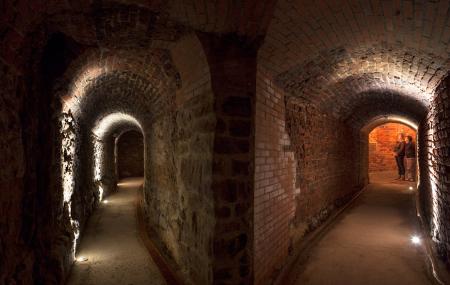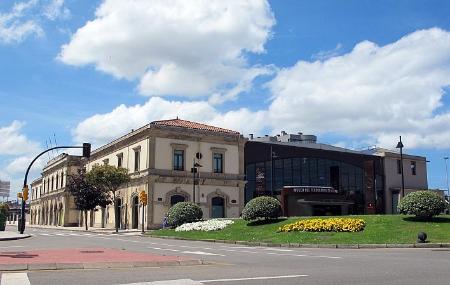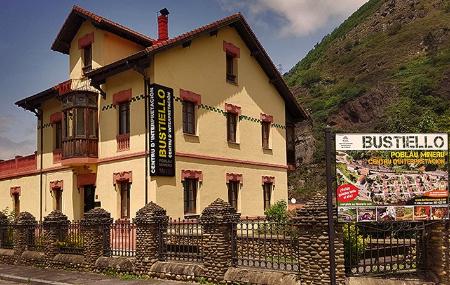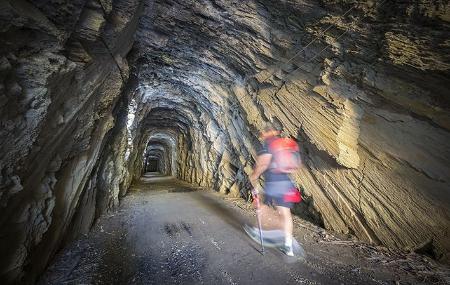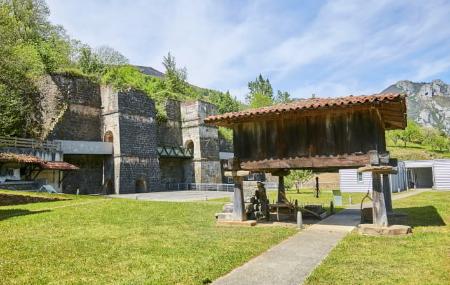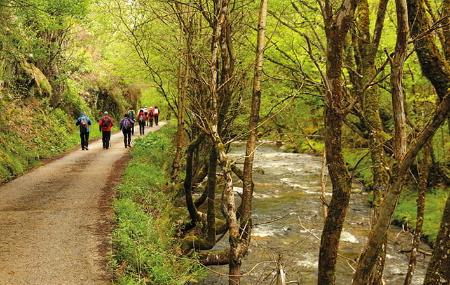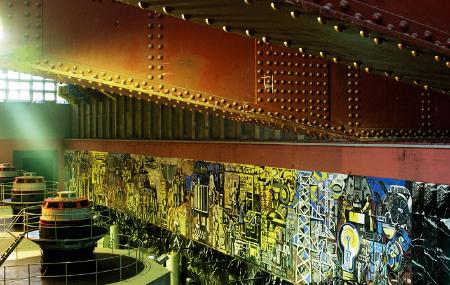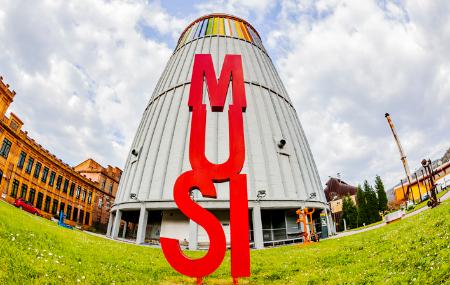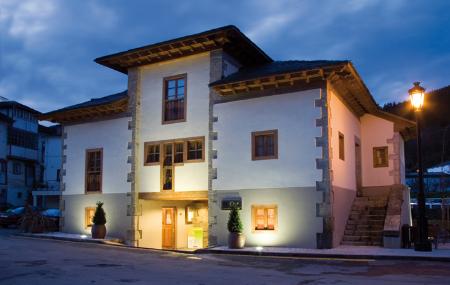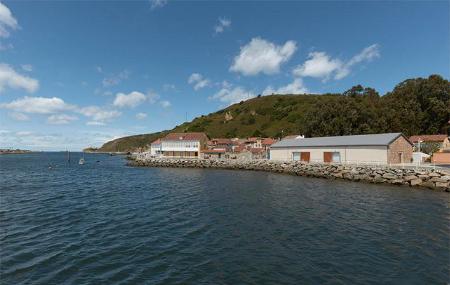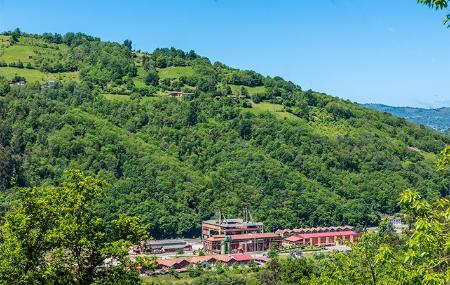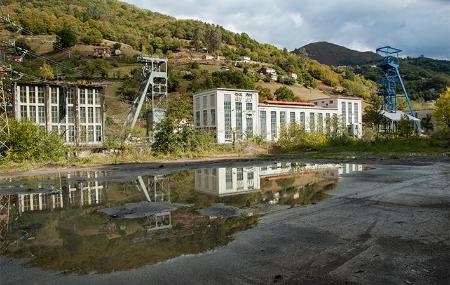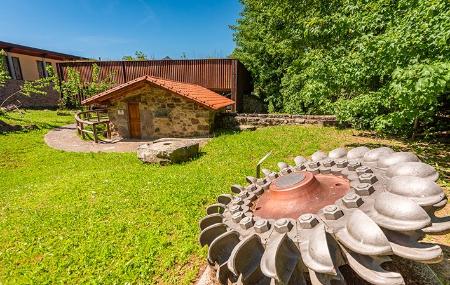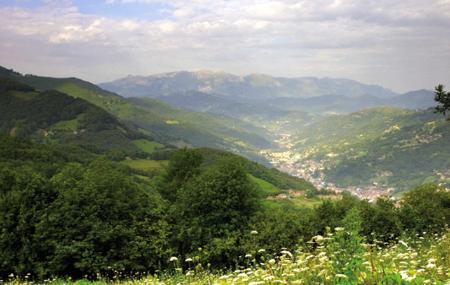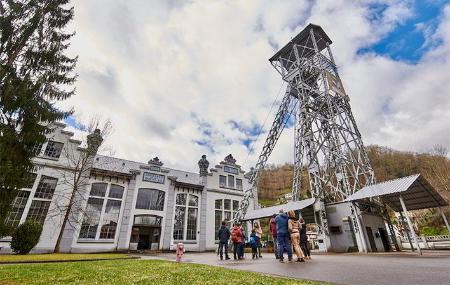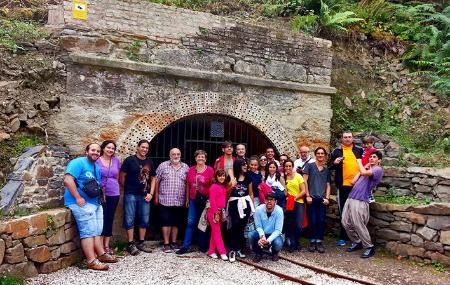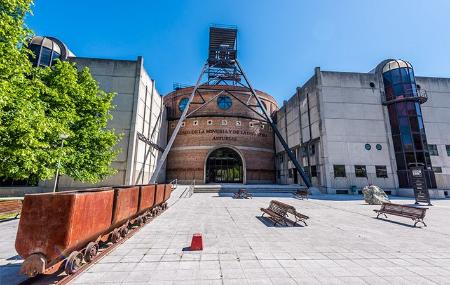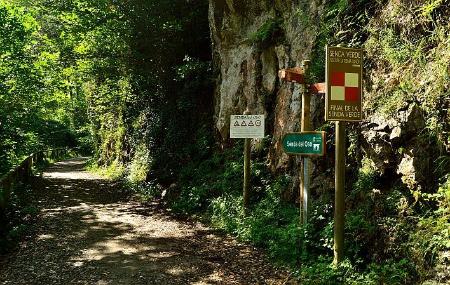Asturias has been, since Prehistoric times, a source of resources and inventions closely linked to industrial activities, thanks to the richness and magnitude of its nature, as well as the courage and ingenuity of its people
Asturias, mining nature
Nature is the great scenery that embraces all the beauties of this territory, including those that are part of our cultural memory. Among them, the industrial and mining heritage stands out, engineering works that have shaped the character of entire valleys.
These landscapes that we built to give Asturias a future - landscapes with a mining heart, a heart of coal that still beats in our basins - today bring together more than thirty resources that no longer live from extraction, but from preserving the memory. Under the brand Asturias, Mining Nature, this legacy is recognised as a unique cultural landscape, where nature and identity intertwine and continue to tell the story of Asturias.
/documents/39908/67650/paisaje-construimos.jpg/f5fca46b-f3e8-2b2b-d4fd-54420e796d00?t=1764667575460
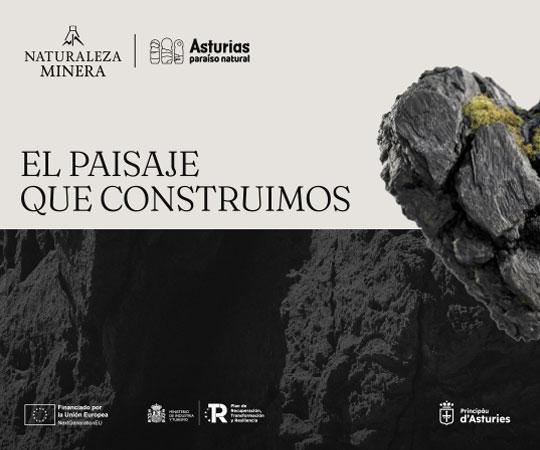
The industrial heritage of Asturias, protected by the Cultural Heritage Law, includes three types of assets: isolated elements, such as the Tobacco Factory, located in the centre of Gijón/Xixón; industrial complexes, such as Arnáu (Castrillón) or the Trubia Arms Factory (Oviedo), and complex landscapes that connect different activities, as in the Nalón and Caudal basins and, more specifically, the mining landscape of Turón (Mieres).
/documents/39908/67650/salto-central-grandas.jpg/f56de50d-cbbb-b00a-5f0a-10c6f74a462d?t=1686729637075
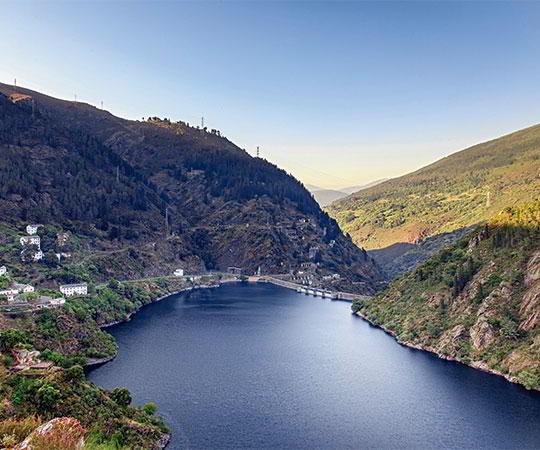
Salime Reservoir (Grandas de Salime)
Asturias is one of the richest regions in which to enjoy industrial tourism. It has an impressive heritage from prehistoric times to more recent times, because there have been many and varied activities linked to the industrial mills.
Moreover, with the immense advantage that all of them have been developed in privileged natural and scenic environments, which will allow you to discover unique places and corners. And, of course, you will be able to delve into very interesting human histories that have contributed to the evolution and improvement of the living conditions of mankind.
So the trace of industrial heritage in Asturias is the cultural and knowledge itinerary that human beings have followed throughout the ages, and which is undoubtedly a fascinating historical journey.
If we focus on mining, there are exploitations of different types of minerals scattered throughout the region, given the great geological richness of the Asturian subsoil. It is also possible to learn about different extraction or exploitation methods: surface or open-pit mining, and within underground mining there is horizontal or mountain mining, vertical mining and underwater mining.
Asturias is one of the richest destinations in the world in terms of industrial heritage from all periods, including prehistoric times, which makes it the ideal place to enjoy this type of leisure activity.
/documents/39908/67650/colada-hierro-fundido-musi.jpg/202e763b-fb9e-c596-2b28-f8843c3c496e?t=1686729635661

Cast iron casting. Asturias Iron and Steel Museum (MUSI) (Langreo)
A walk through Asturias will take you to every type of mine you can imagine: prehistoric mines such as those at Texeo (Riosa), where copper was mined more than 5,000 years ago; gold mines in western Asturias, where the Roman Empire extracted this precious metal for centuries, or coal mining - the most popular - with its open-pit and underground mines. So you will come across eye-catching derricks that indicate that there is a vertical shaft, horizontal planes that show the technology of mountain mining, and even mines that plunge into the depths of the sea, such as Arnáu (Castrillón) or Llumeres (Gozón).
However, as well as delving deeper into the mining nature of Asturias, you will see that there are a thousand ways of getting to know and experiencing Asturias' industrial heritage: different museums and ethnographic sites, some hydraulic power stations, a railway museum, some factories, an iron and steel museum, mining museums and ecomuseums, mining shafts that can be visited both inside and outside, mining villages, cultural spaces in the cities with clear industrial reminiscences, hiking routes, as well as some greenways that show you the routes of mining railways or take you to vestiges of industrial archaeology, and which represent a unique experience to do alone, with friends or with the family.
/documents/39908/67650/Bustiello.jpg/16784ffd-3cbf-544f-69c4-53c0b45e1ee8?t=1686729633384

Because the industrial heritage of Asturias is ideal to visit at any time of the year, offering you different attractions in its surroundings depending on the season in which you visit: the chromatic range of the landscape, the gastronomy, the atmosphere, the festivals, the exhibitions and seasonal activities, etc.
In reality, the whole of Asturias in its different corners is a great theme park of industrial heritage, both outdoors and indoors. A great theme park that shows you what the different industrial revolutions, inventions and inventions, industrial sociology, culture, historical episodes, landscapes, etc. were like.

